RIA Panel Discussion - Advanced Robotic Welding Techniques

Posted on Dec 09, 2013 11:22 AM. 5 min read time
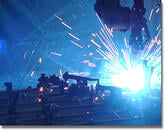 To go on with the last RIA webinar on advanced welding techniques, we would like to share with you the panel discussion that occurred during this presentation. In fact, the last part of the webinar was a panel discussion where 3 specialists answered interesting questions about robotic welding techniques.
To go on with the last RIA webinar on advanced welding techniques, we would like to share with you the panel discussion that occurred during this presentation. In fact, the last part of the webinar was a panel discussion where 3 specialists answered interesting questions about robotic welding techniques.
The Panelists
First of all, let’s introduce the experts.
Mike Garman
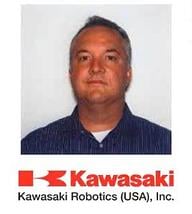
He started with Kawasaki Robotics in 1997. He is now a Kawasaki’s Advanced Technology Specialist and has about 19 years of robotics industry experience. During his career, he developed the company’s adaptive welding process for large metal fabrications. This process was the key success of this robot manufacturer in the large scale welding market.
Tim Nacey

Tim has a lot of experience as an industry professional. He has worked for welding and welding equipment companies, as well as industrial robotics companies. He is now a Senior Key Technology Manager at KUKA Robotics. His main responsibility is the welding robot department of the company for North-America and worldwide. He also supports operations, as well as future product development.
Mike Whan

Mike has been working for Lincoln Electric for more than 15 years now. Before, he was a robotic programmer and has many certifications, such as welding inspector and Robotic Arc Welding Technologist. All these certifications come from the American Welding Society. He is now head of a group specializing in automation applications and he is responsible for assigning systems programming and application development.
The Questions
Q1 - What are some new trends in advanced spot welding techniques?
Nowadays welding companies tend to be moving away from conventional resistance welding.
The experts mentioned different new technologies that are slowly making their place in the industry.
- Friction welding is a new process for joining parts. It uses a similar c-shape gun, but a rotating tool is incorporated into the gun. With speeds of 2000 to 3000 RPM, the friction and pressure induced will use the plastic state of the material to join the two parts. This friction process is well known in the automotive industry and is slowly gaining acceptance in the aerospace industry as well.
- Robotspin is also a new way to do resistance welding. In standard resistance welding, the robot welder won’t move during the weld. Knowing that the robot base axis is slower than the wrist axis, KUKA’s developer thought about moving the base axis during the weld to position the robot for its next task. So, when the weld is finished, only the wrist axis has to move to the next step. Moreover, this spin operation tends to clean the electrode which helps it to have better contact with the material. This application is possible through a simple software addition to the robot and can improve productivity up to 6%. For more information: KUKA’s Robotspin
- Another resistance welding method uses lasers. Small circular welds can be done with the laser positioned 3ft away from the part. This new application can provide up to a 70% decrease in cycle time since the joining is faster.
Q2 - What are some new trends in advanced robotic arc welding techniques?
Vision sensors are components that are tending to be used more often in applications due to their dwindling costs. Also, the panelists agree that laser hybrid technology is gaining popularity in the industry. The cost reduction of the lasers is partially responsible for this, as well as the speed of this technology. Offline software was also mentioned because it can reduce system downtime considerably and optimize the tool changing operations.
Q3 - How is vision used to adjust for geometric variations in welding?
First of all, it is important to mentioned that the robotic welding process can be split into three steps: pre-weld, during weld and post-weld. The use of vision can bring significant advantages to each part of the process.
- When talking about pre-weld operations, the vision systems can be used for validation of the part.
- Then, during the welding process, adaptive welding can be done with the use of cameras by tracking the part, measuring and adapting the weld to the part. It can also be used as a replacement for touch sensing, so that electric current contact would no longer be needed, thus potentially avoiding damage to the part.
- After the weld, the cameras could be used to inspect the weld and measure any part deviation on the weld.
One cost advantage of using vision systems is that the end-user doesn’t have to spend a lot of money on securing the part for repeatable operations. The camera can be installed in the cell or even as an end effector on the industrial robot itself.
New welding techniques are being developed to mimic the eye-hand coordination of a manual welder and this will result in highly adaptive weld processes producing high quality and consistent welds. In a future blog post, other interesting questions and answers will be presented.
To be continued...

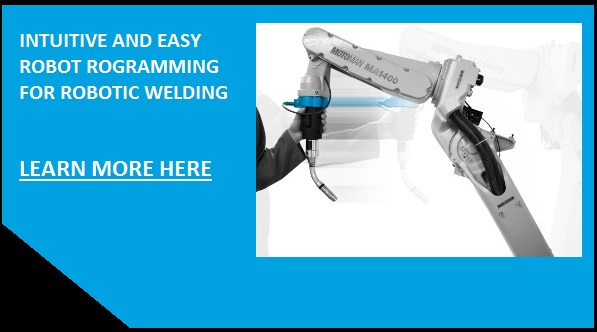
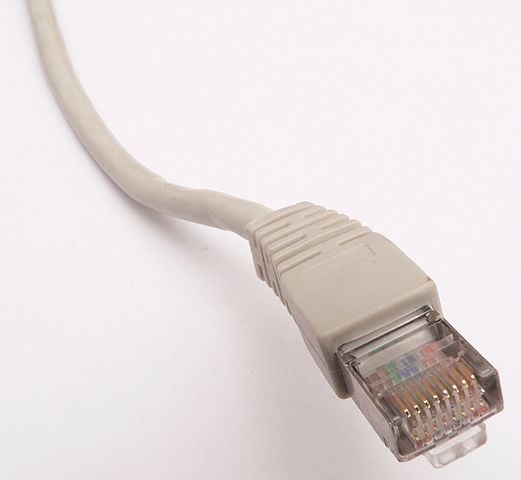

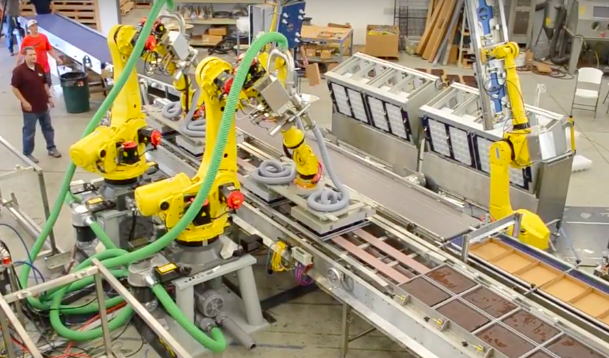

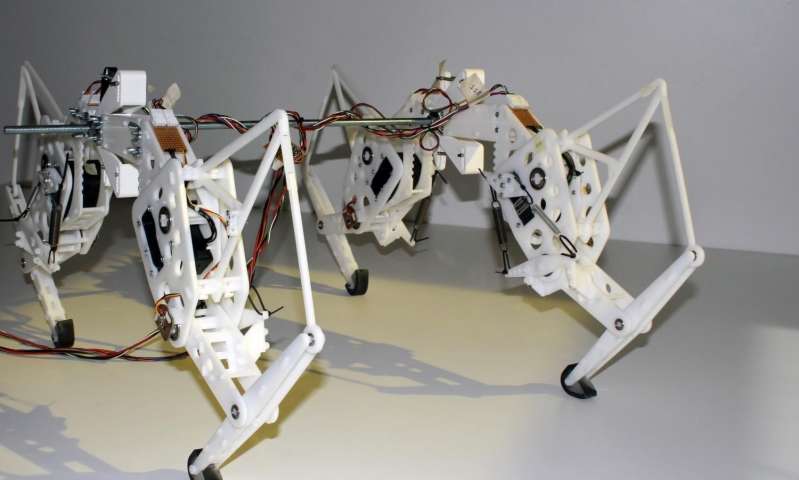


Leave a comment